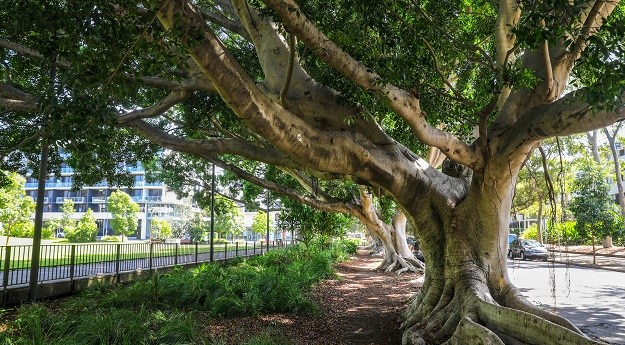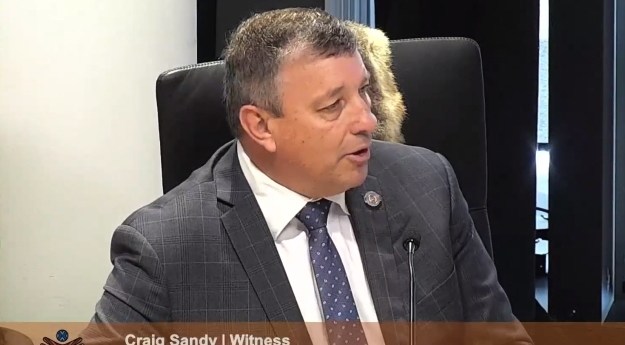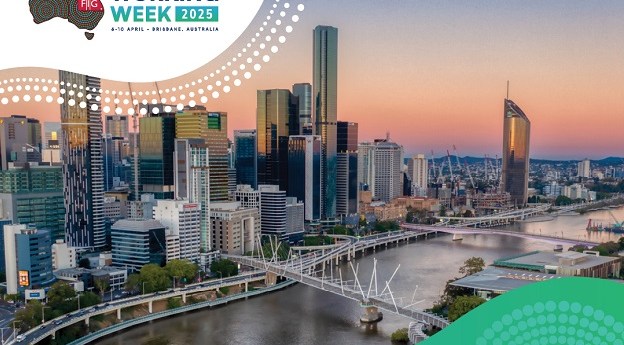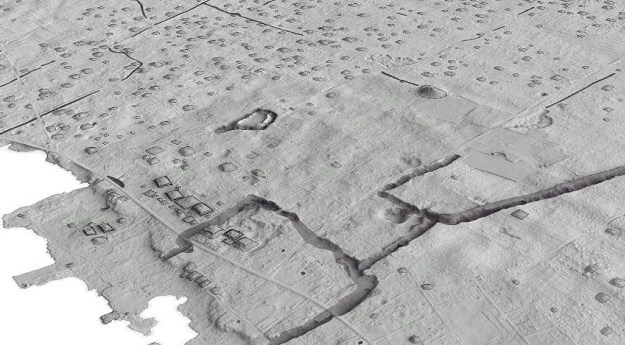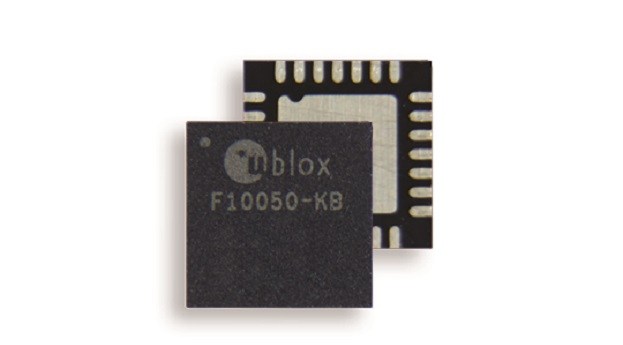
A researcher at James Cook University in Cairns has produced a three-dimensional bathymetry model of the entire Queensland coast, Great Barrier Reef, and the Coral Sea almost to New Caledonia.
Robin Beaman said the depth model can represent seabed features down to 100 metres in size, revealing the seafloor in unprecedented detail for such a large area.
“At that scale, we’re able to show the true shapes of the coral reefs, including the older and deeper Pleistocene bases upon which modern reefs have grown,” he said.
The model shows underwater dune fields, extensive algal reefs on the northern Great Barrier Reef shelf, ancient river channels in the seabed, and a nearly unbroken line of fossil barrier reefs extending more than 900 kilometres along the shelf edge.
Creating the 3D depth model took three years, using data collected from a wide range of sources, including multi-beam and single beam echo sounders, airborne laser bathymetry and satellite imagery.
Much of the source depth data was provided by the Australian Hydrographic Service using Royal Australian Navy survey data, collected primarily for navigational safety, whilst other data came from Geoscience Australia.
In addition, Beaman participated in three Coral Sea mapping surveys using Australia’s Marine National Facility, the RV Southern Surveyor.
After gathering and processing around 900 million individual depth points, Beaman collaborated with the U.S. Scripps Institution of Oceanography to develop a method to convert the data points into a gridded surface, which can then be viewed as a 3D map.
Oceanographers at the Australian Institute of Marine Science (AIMS) are already using the grid to simulate current flow within a whole-of-reef hydrodynamic model that will be used to study the effects of water quality changes on the Great Barrier Reef.
Outputs from the model are available at www.deepreef.org/bathymetry.
The model can also be explored interactively on the e-Atlas, a new online knowledge sharing initiative funded through the Australian Government’s Marine and Tropical Sciences Research Facility, and coordinated by AIMS and the Reef and Rainforest Research Centre.
Dr Beaman’s research was supported by a $150,000 Queensland Government Smart Futures Fellowship and a matching grant from the Reef and Rainforest Research Centre.






